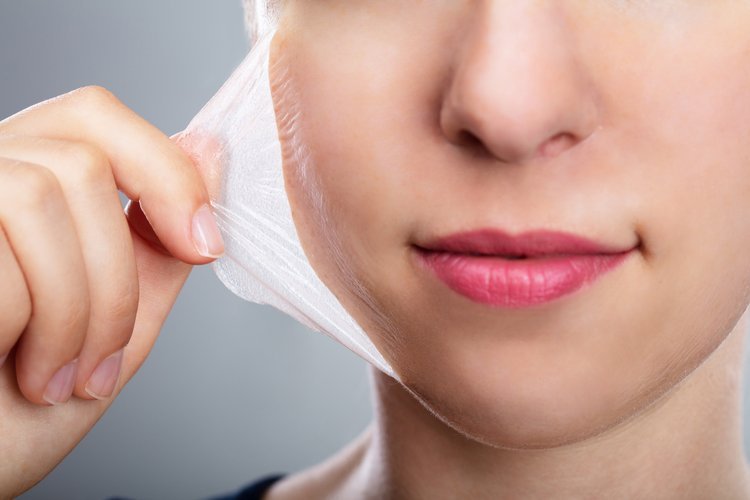The Science Behind Chemical Peels: Understanding the Exfoliation Process | Idyllic Aesthetics
Chemical peels have gained popularity for their remarkable ability to rejuvenate the skin, diminish imperfections, and restore a youthful glow. But what exactly happens during a chemical peel? In this article, we will delve into the science behind chemical peels, specifically focusing on the exfoliation process. By understanding how chemical peels work, you can make informed decisions about incorporating them into your skincare routine.
The Basics of Chemical Peels
Chemical peels constitute the application of a chemical solution to the skin, which causes controlled exfoliation of the outermost layers. This exfoliation process reveals fresh, healthy skin underneath, promoting cell turnover and stimulating the production of collagen and elastin. Chemical peels are categorized into three types based on their depth of penetration: superficial, medium, and deep. Exfoliation is the removal of dead skin cells from the surface of the skin. It is a natural process that occurs continuously, but as we age, the rate of cell turnover slows down, leading to a buildup of dead skin cells and a dull complexion. Chemical peels accelerate this exfoliation process, helping to remove the accumulated dead skin cells and unveiling a smoother, brighter complexion.
The specific chemical solution used in a peel determines the depth of exfoliation and the targeted skin concerns. Some common chemicals used in chemical peels include alpha-hydroxy acids (AHAs) such as glycolic acid and lactic acid, beta-hydroxy acids (BHAs) like salicylic acid, and trichloroacetic acid (TCA). Superficial peels primarily target the outermost layer of the epidermis, the stratum corneum, and contain milder concentrations of AHAs or BHAs. These peels are effective in improving skin texture, reducing fine lines, and enhancing overall radiance. They have minimal downtime and are suitable for most skin types.
Medium peels penetrate deeper into the epidermis, targeting the upper layers of the dermis. They typically contain higher concentrations of AHAs or TCA and are beneficial for treating sun damage, pigmentation issues, and mild to moderate wrinkles. Medium peels require more downtime for the skin to heal and recover. Deep peels reach the lower layers of the dermis, producing the most dramatic results. They usually contain high concentrations of TCA or phenol. Deep peels can address severe wrinkles, deep scars, and certain precancerous skin growths. However, they involve significant downtime and require careful monitoring by a skincare professional.
The Exfoliation Process
When a chemical solution is applied to the skin, it interacts with the dead skin cells, breaking down the bonds that hold them together. This process loosens the dead cells, allowing them to be sloughed off more easily. As the dead cells are shed, the body's natural healing response is triggered, resulting in the production of fresh, new skin cells.T he exfoliation process varies depending on the type and concentration of the chemical peel used. Superficial peels may cause a mild tingling or stinging sensation during application, but the overall discomfort is minimal. Medium and deep peels can be more intense, often accompanied by a burning sensation or discomfort. However, healthcare professionals take measures to ensure patient comfort during the procedure.
Post-Peel Care
After a chemical peel, proper post-treatment care is crucial to support the skin's healing process. This may include using gentle cleansers, moisturizers, and sunscreen, as well as avoiding excessive sun exposure and abrasive skincare products. Following the recommended post-peel instructions helps optimize the results and minimize the risk of complications.
In sum, understanding the science behind chemical peels, particularly the exfoliation process, provides valuable insights into the benefits and mechanisms of these skincare treatments. Chemical peels effectively promote skin rejuvenation by accelerating the natural exfoliation process, leading to improved skin texture, reduced pigmentation, and a more youthful appearance. If you're considering a chemical peel, consult with a skincare professional to determine the most suitable type and ensure safe and optimal results.
IDYLLIC Aesthetics is a leading San Francisco provider of non-surgical aesthetic procedures. Learn what services are best for you here or see our full range of procedures here.

